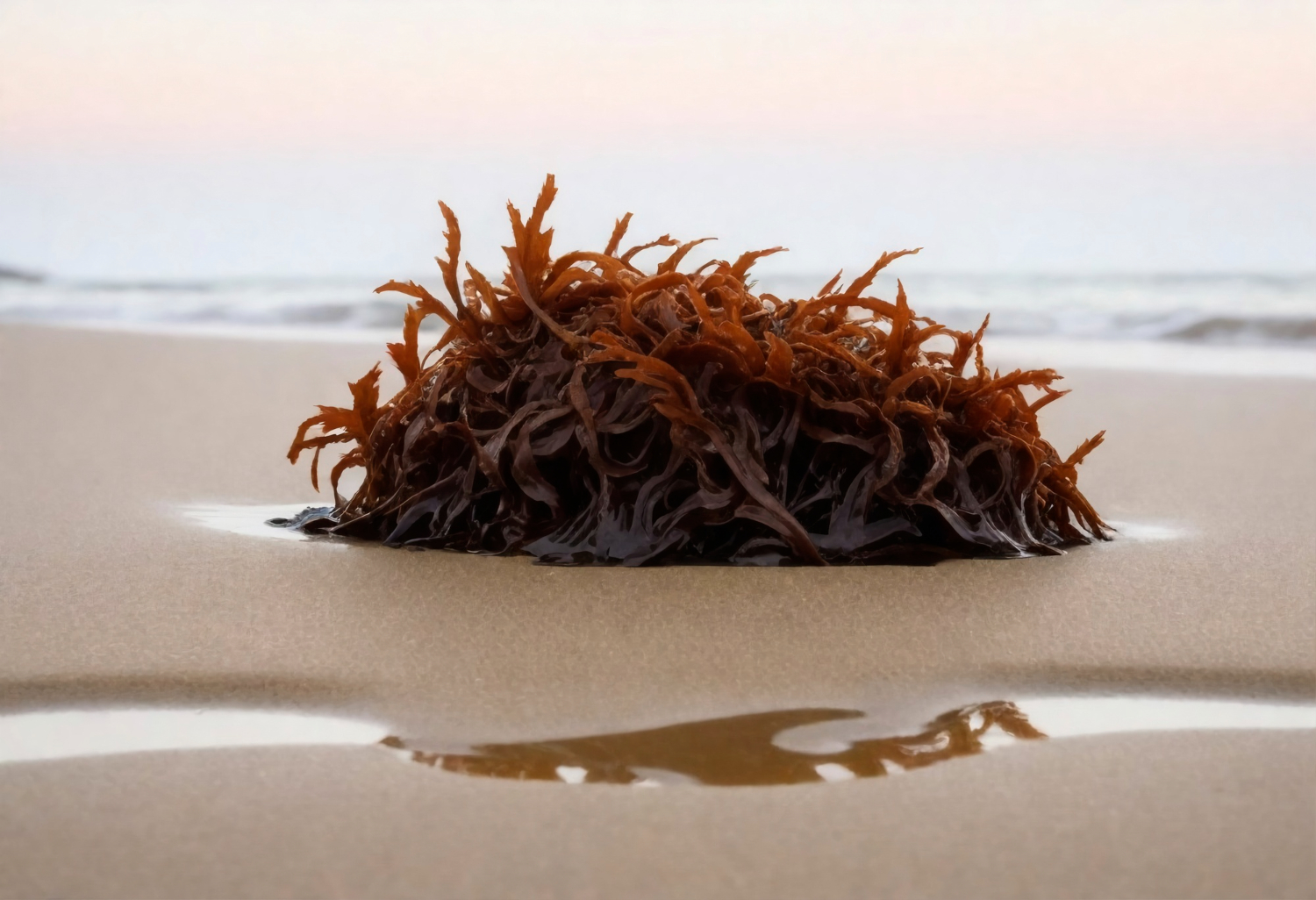Sea moss is a type of red seaweed that contains many helpful minerals. It can reduce joint pain and help you move better. Sea moss has natural compounds that fight swelling in your joints. Many people with joint problems say sea moss helps them feel better.
Why Your Joints Need Sea Moss
Do your joints hurt when you move? Many people deal with stiff, achy joints. They want natural ways to feel better. Sea moss might be the answer. This simple sea plant could help your joints work better.
Key Takeaways
-
Sea moss contains over 90 essential minerals that support joint health and reduce inflammation naturally.
-
Daily use of sea moss gel or supplements may help improve joint mobility and reduce pain.
-
Start with small doses and gradually increase to find what works best for your body.
-
Choose high-quality, wild-harvested sea moss for the best results and safety.
What Is Sea Moss?
The Ocean’s Hidden Treasure
Sea moss grows in the Atlantic Ocean. People call it Irish moss too. Its real name is Chondrus crispus. Many coastal people have used it for hundreds of years.
Natural Goodness Inside
Among the many sea moss benefits, its impressive nutrient profile stands out for joint health. It’s rich in calcium that makes bones strong. It has magnesium that reduces pain. The potassium helps keep joint fluid balanced. Iodine supports overall health. Sulfur helps with healing. It also provides building blocks for healthy joint tissue.
The Science Behind Sea Moss and Joint Health
Anti-inflammatory Properties
Sea moss helps reduce swelling in your body. It works like medicine but comes from nature. It fights harmful molecules that hurt your joints.
Collagen Support
Sea moss helps your body make collagen. Collagen is important for healthy joints. It acts like a cushion between your bones. Your body needs this cushion to move smoothly.
Mineral-Rich Support
The minerals in sea moss work together to help your joints. Calcium builds stronger bones around joints. Magnesium calms down swelling and muscle tension. Sulfur repairs damaged joint tissue. Potassium keeps the right amount of fluid in your joints.
Clinical Evidence and Research
Current Studies
Research continues to reveal new sea moss benefits for joint health. Early research shows good results. People report less joint pain after taking sea moss. They can move around more easily. The studies show it protects joint cushioning. Tests find less swelling in joints.
How Sea Moss Benefits Different Joint Conditions
Osteoarthritis
Sea moss can help if you have worn-down joints. It reduces pain and stiffness. The minerals support joint health.
Rheumatoid Arthritis
Sea moss may help with this type of arthritis. It can calm the body’s reaction that causes joint pain.
Sports-Related Joint Stress
Athletes can benefit from sea moss. It helps joints recover after exercise. It protects joints during workouts.
How to Use Sea Moss for Joint Health
Recommended Dosage
Start with one tablespoon of sea moss gel per day. You can take two capsules if using supplements. Start small and add more slowly. Watch how your body responds to the sea moss.
Forms and Preparation
You can make sea moss gel at home in four simple steps. First, wash the sea moss well. Then soak it overnight in clean water. Next, blend it with fresh water until smooth. Finally, store it in the fridge for up to three weeks.
Sea moss also comes in different supplement forms. You can find it as pills to swallow. Some people prefer it as a powder to mix in drinks. You can also get liquid extracts to add to foods.
Maximizing Benefits
Working with Other Natural Helpers
To maximize sea moss benefits, combine it with other natural joint supports. Try adding turmeric to your meals. Ginger can help too. Glucosamine supplements might work well with sea moss. Fish oil is another good partner for joint health.
Daily Habits That Help
Some simple habits make sea moss work better. Keep your weight at a healthy level. Move your body every day. Pay attention to how you sit and stand. Drink plenty of water throughout the day.
Potential Side Effects and Precautions
When to Be Extra Careful
Talk to your doctor before using sea moss if you’re pregnant. People with thyroid problems should check first. Those who take blood thinners need medical advice. Some people might react to the iodine in sea moss.
Quality and Sourcing
Finding Good Sea Moss
To get the full sea moss benefits, look for products that grow in natural ocean waters. Check the color to make sure it looks natural. Good companies test their sea moss in labs. Choose brands that harvest sea moss without hurting the environment.
Success Stories and Testimonials
Many people say sea moss helps their joints. They can move better in the morning. Their joints feel less stiff. These stories match what scientists are finding.
Conclusion
Sea moss is a natural way to help your joints feel better. It has many minerals that reduce pain. It helps you move more easily. Start with a small amount of sea moss. Pick good quality products. Ask your doctor if it’s right for you. Sea moss might be the natural help your joints need.
Frequently Asked Questions
How long does it take to see results from sea moss for joint pain?
Most people notice improvements within 2-4 weeks of regular use. Consistency is key. Take sea moss daily and maintain a healthy lifestyle for the best results.
Can I take sea moss with other joint supplements?
Yes, sea moss works well with glucosamine, chondroitin, and other joint supplements. However, always talk to your healthcare provider about combining supplements.
Is raw or gel form of sea moss better for joint health?
Sea moss gel is easier for your body to digest and use. The gel form makes minerals more available to your joints and tissues.
How much sea moss should I take daily for joint pain?
Start with one tablespoon of sea moss gel or two capsules daily. Increase slowly if needed. Listen to your body’s response.
Can sea moss help with arthritis inflammation?
Sea moss contains natural anti-inflammatory compounds that may help reduce arthritis symptoms. Many users report less joint swelling and better mobility.







0 Comments